Spider Plants (Chlorophytum comosum) are a popular choice for indoor greenery across the UAE due to their air-purifying qualities and easy maintenance. However, the quality of water used plays a crucial role in their health. Many plant owners unknowingly harm their Spider Plants by using untreated tap water, especially in regions like the UAE where water contains high levels of salts and chemicals.
In this article, we’ll explore how tap water affects Spider Plants, the benefits of using filtered or distilled water, and practical watering tips for UAE households.

Why Tap Water Can Be Harmful to Spider Plants
In the UAE, municipal tap water often contains chlorine, fluoride, and a high mineral content due to desalination processes. While these levels are safe for human use, they can negatively affect sensitive houseplants like Spider Plants. Over time, the build-up of these substances can lead to:
- Brown tips or edges on the leaves
- Slowed or stunted growth
- Curling or yellowing foliage
- Crusty white deposits on the soil surface
The salt and chemical accumulation in the soil can block root absorption, ultimately stressing the plant and causing damage that may be mistaken for over- or underwatering.
Also Read- Spider Plants: Pet-Friendly Houseplants For UAE Households
Benefits of Using Filtered or Distilled Water
Filtered and distilled water are free from chlorine, fluoride, and excessive minerals, making them a much safer choice for houseplants. Using purified water helps maintain a balanced pH level and supports strong root development.
Spider Plants thrive best in water that mimics rainwater—low in salts and free from harsh chemicals. If distilled or filtered water isn't easily available, you can improve tap water quality by leaving it in an open container for 24 to 48 hours. This allows chlorine to evaporate, making the water gentler on your plant.
Best Watering Practices for Spider Plants in the UAE
Due to the region’s climate and frequent use of indoor air conditioning, Spider Plants may dry out faster or be exposed to inconsistent humidity levels. Adjusting your watering habits accordingly can improve plant health significantly.
- Always check the top inch of soil before watering. If it feels dry, it’s time to water.
- Water the plant until the excess drains out of the bottom, then empty the tray to prevent root rot.
- Avoid using cold water straight from the fridge. Room-temperature water is ideal.
- During summer months, check your plant more frequently, but continue to avoid overwatering.
If your Spider Plant is in a low-light or air-conditioned environment, it may require less frequent watering.
Also Read- Natural Humidifiers: Snake Plant And Spider Plant For A Cooler UAE Home
How to Tell If Water Quality Is Affecting Your Plant
If your Spider Plant develops brown or crispy leaf tips, especially soon after watering, poor water quality could be the cause. This symptom is especially common in households using untreated tap water. You may also notice white marks on the top layer of soil, which is a sign of salt build-up.
To fix this, flush the soil with clean, distilled water every few weeks to remove excess salts. Remove any damaged leaves to encourage fresh, healthy growth.
Also Read-Thriving Greens In The Desert: Indoor Plants Watering And Fertilizing Tips For UAE Conditions
Conclusion
While Spider Plants are relatively easy to care for, the type of water you use can significantly impact their health—especially in the UAE, where tap water can contain high mineral content and additives. Using filtered or distilled water, or allowing tap water to sit for a day before use, can reduce stress on the plant and prevent common problems like browning leaves and stunted growth.
By making a small change in your watering routine, you can help your Spider Plant thrive in the unique indoor environment of the UAE.


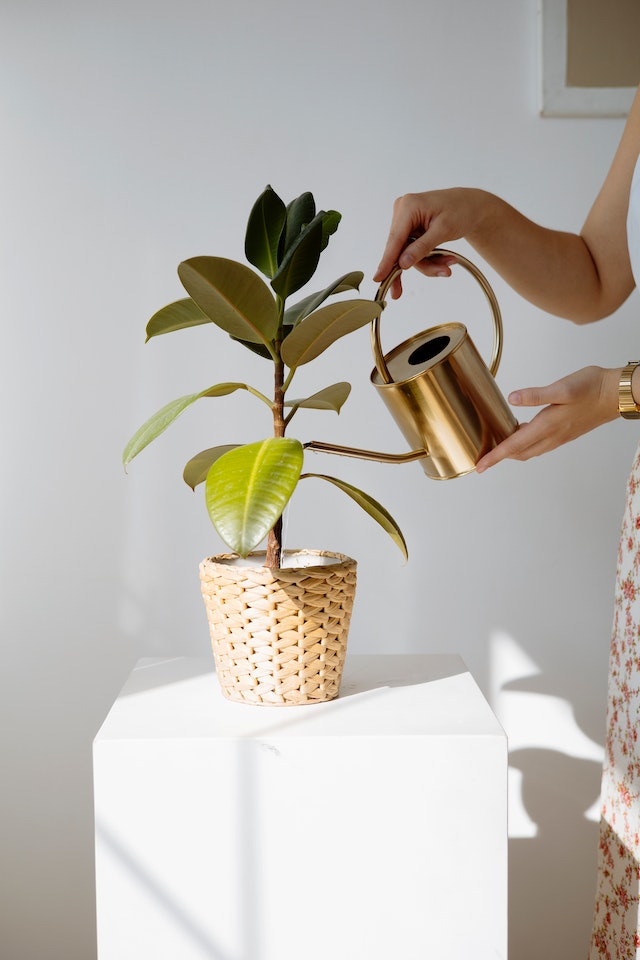
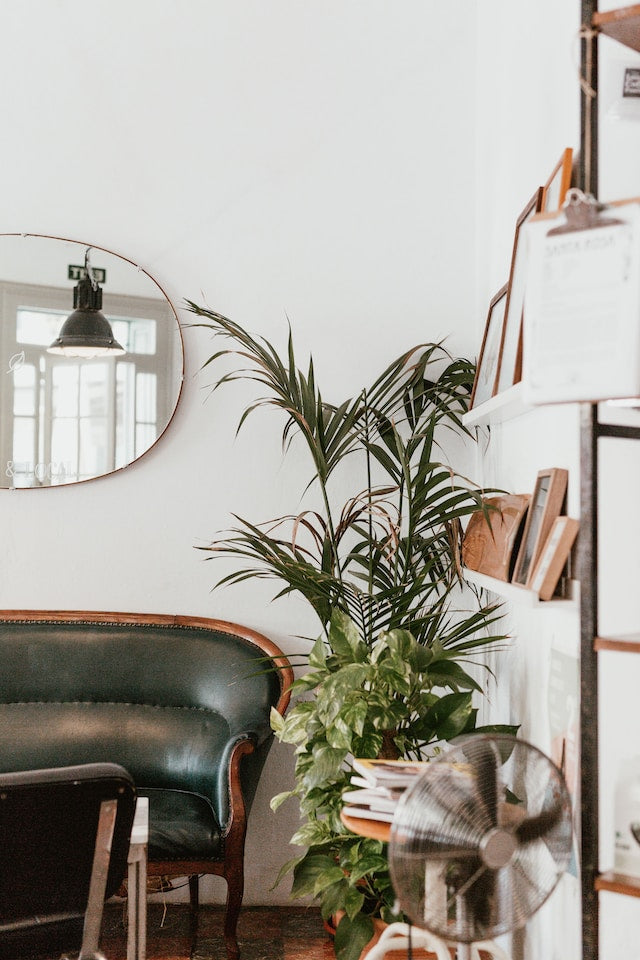

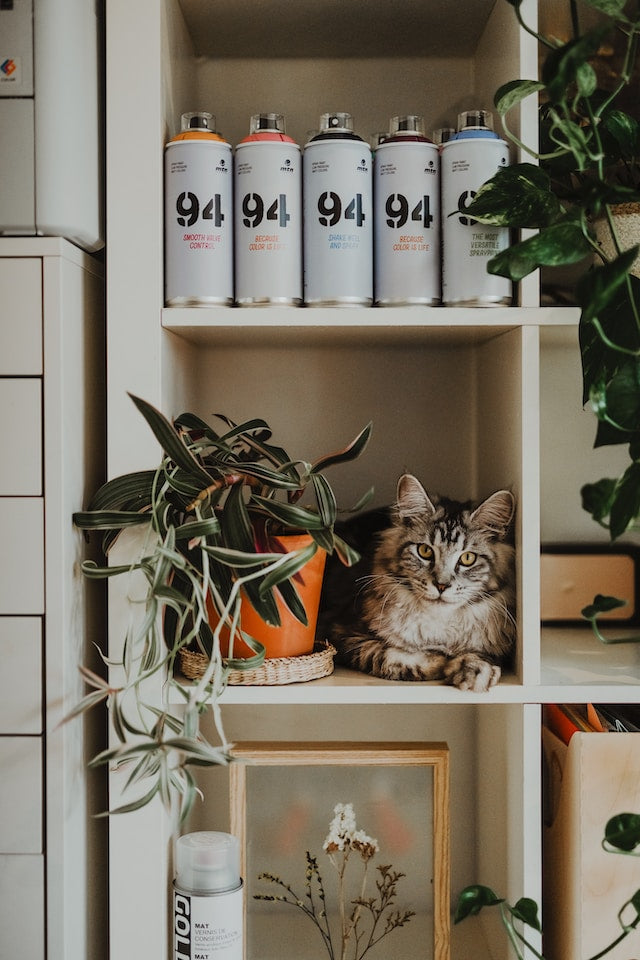

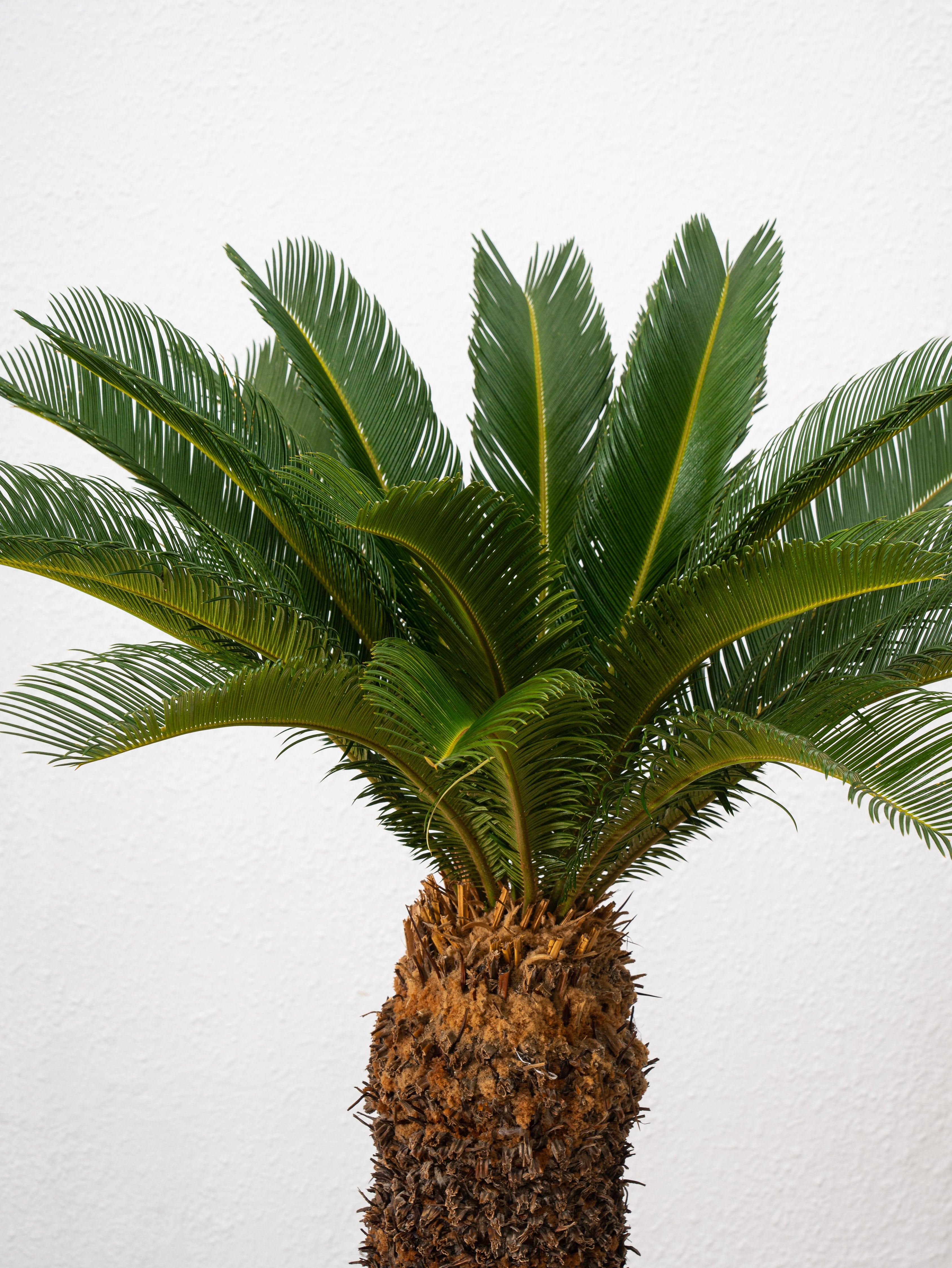
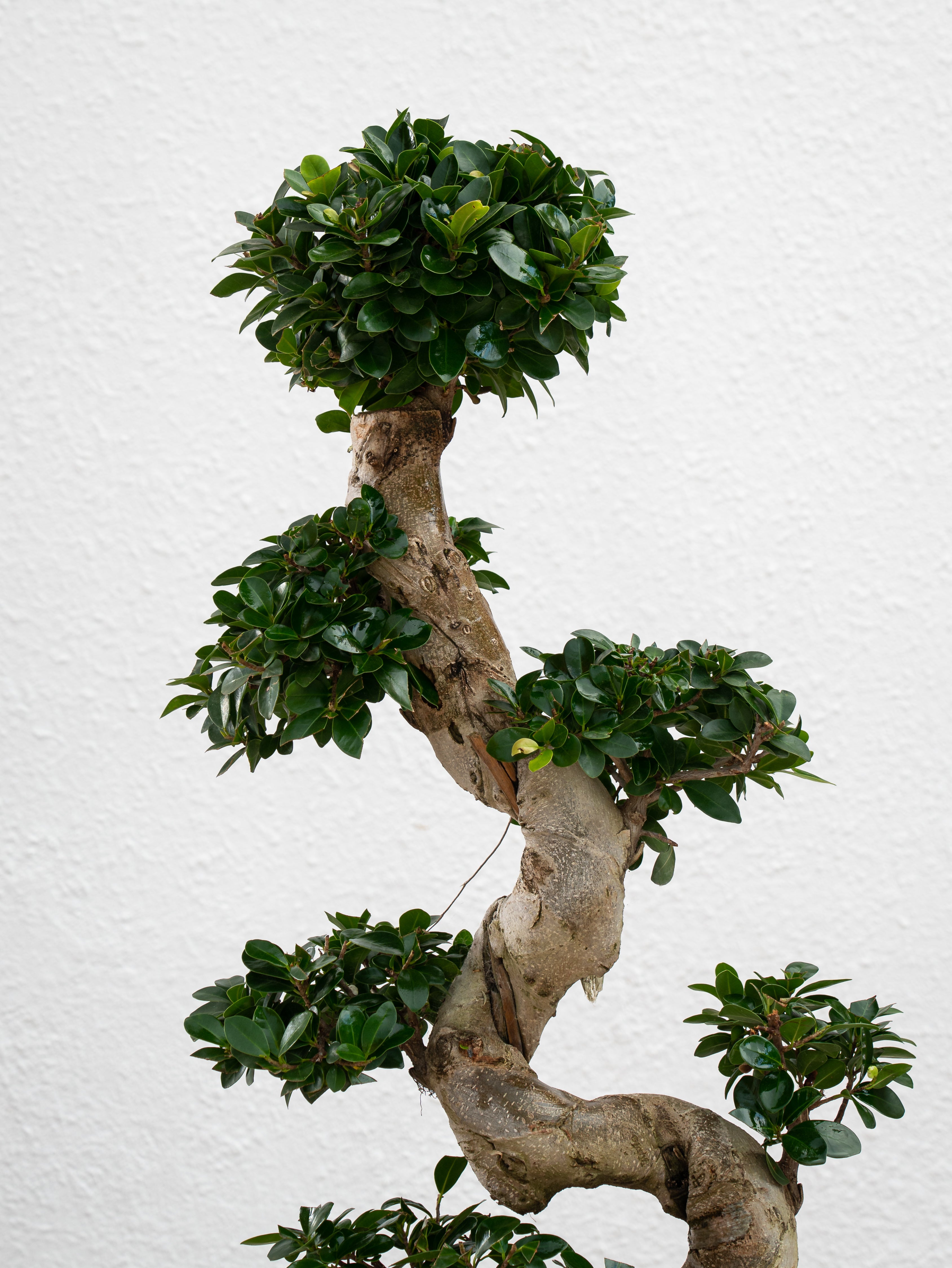
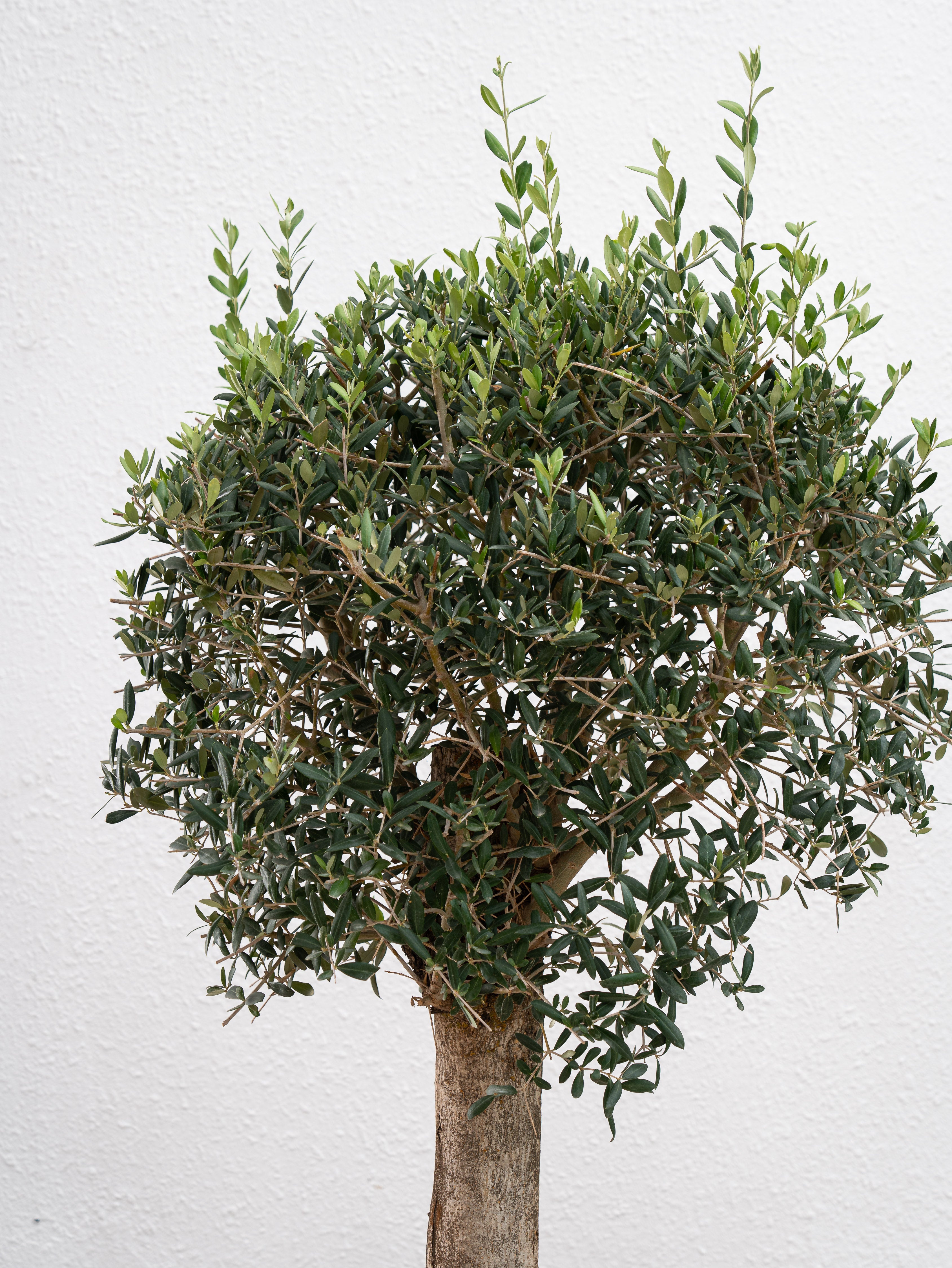
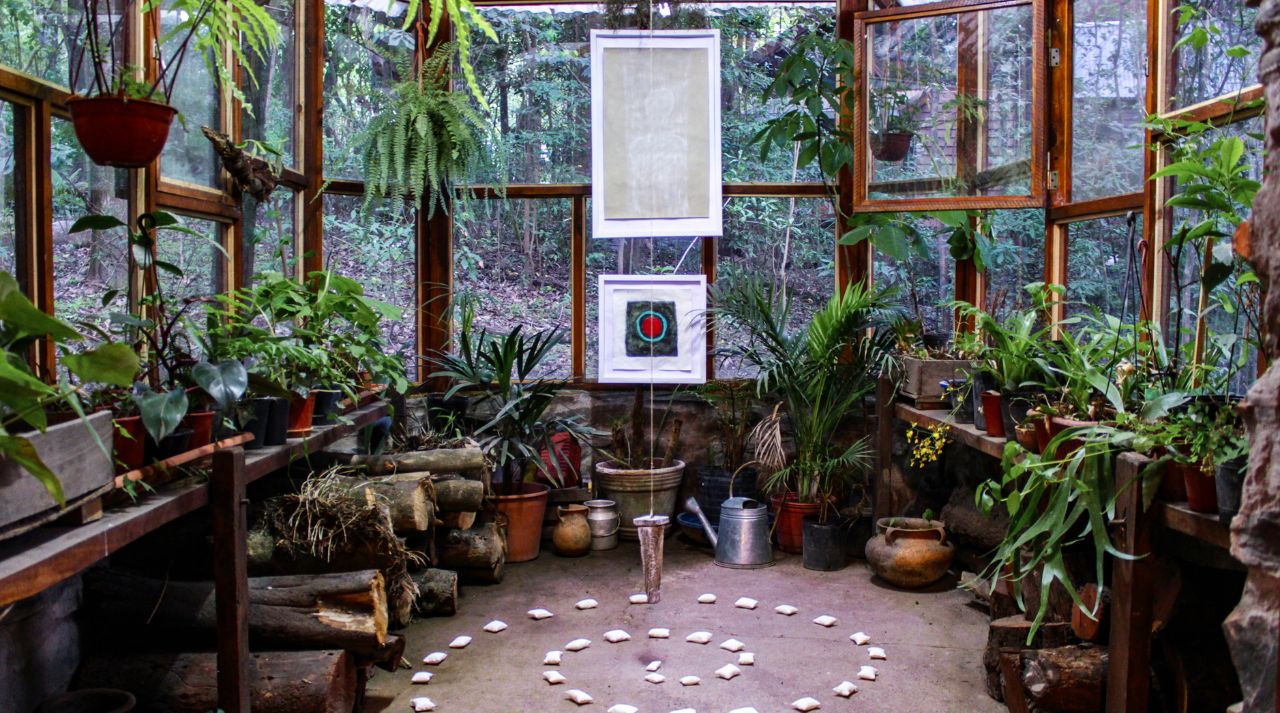
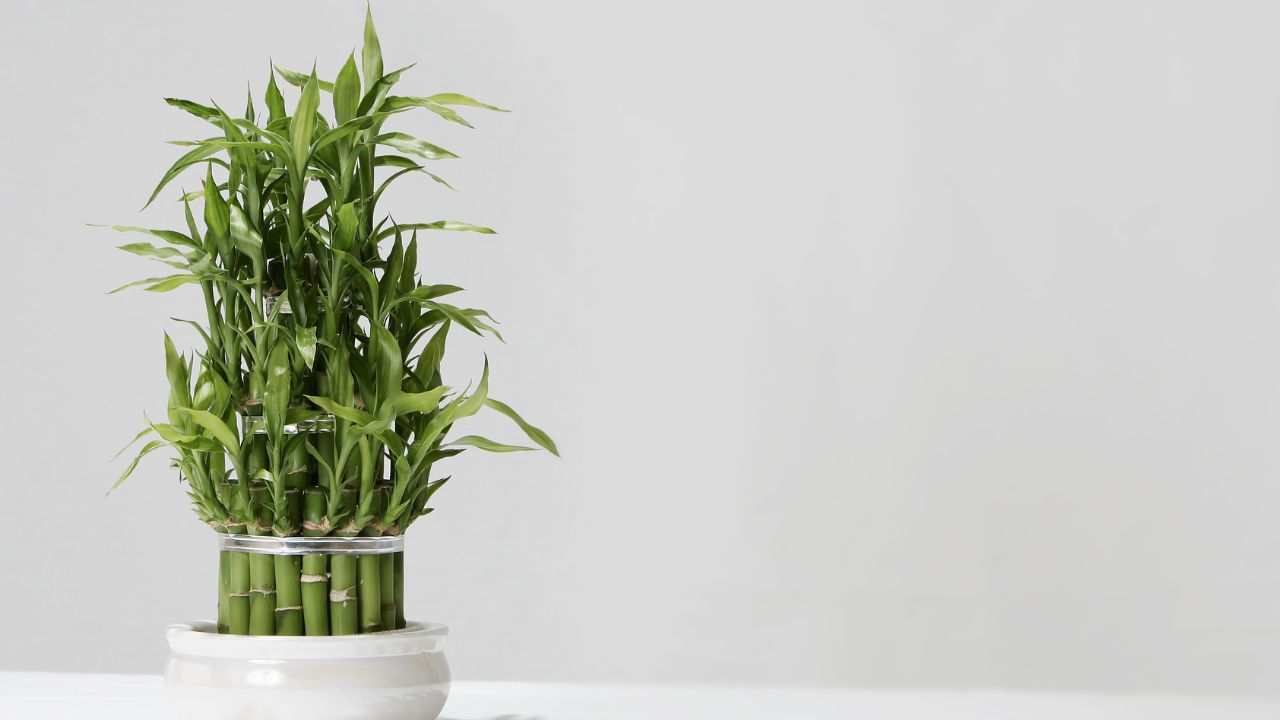
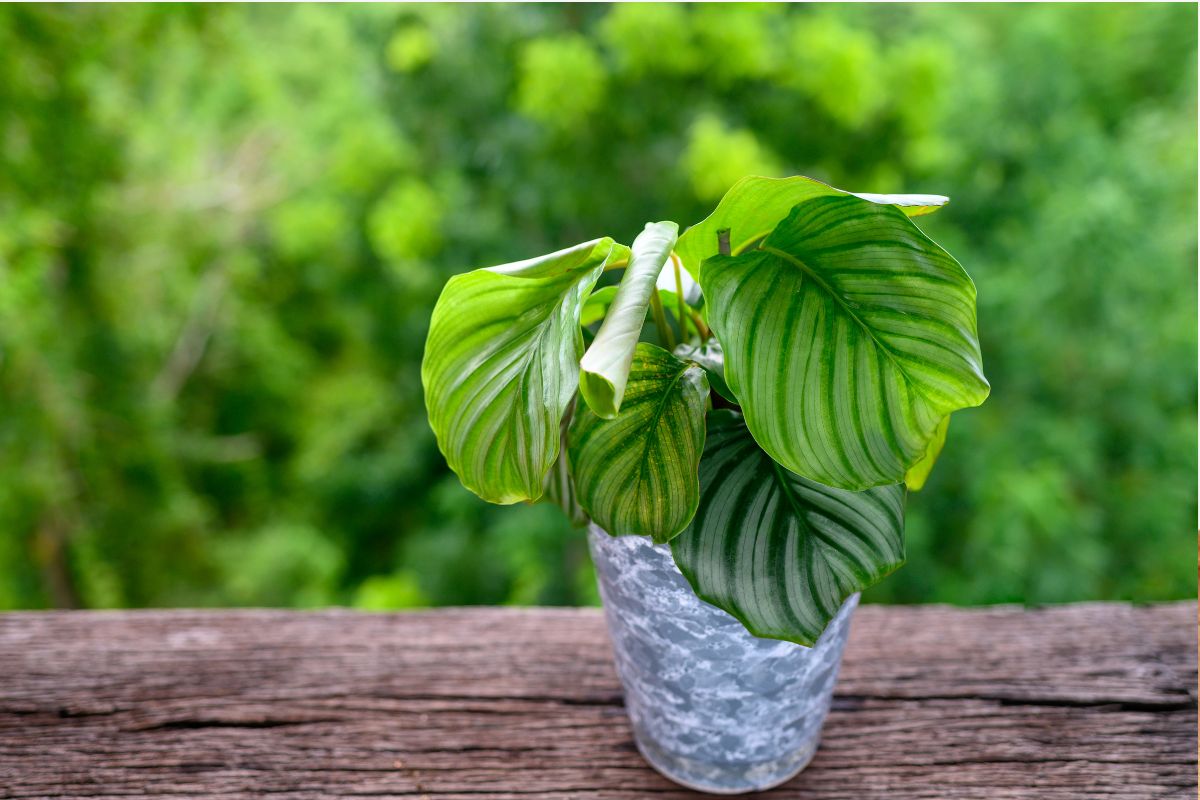
Leave a comment
This site is protected by hCaptcha and the hCaptcha Privacy Policy and Terms of Service apply.